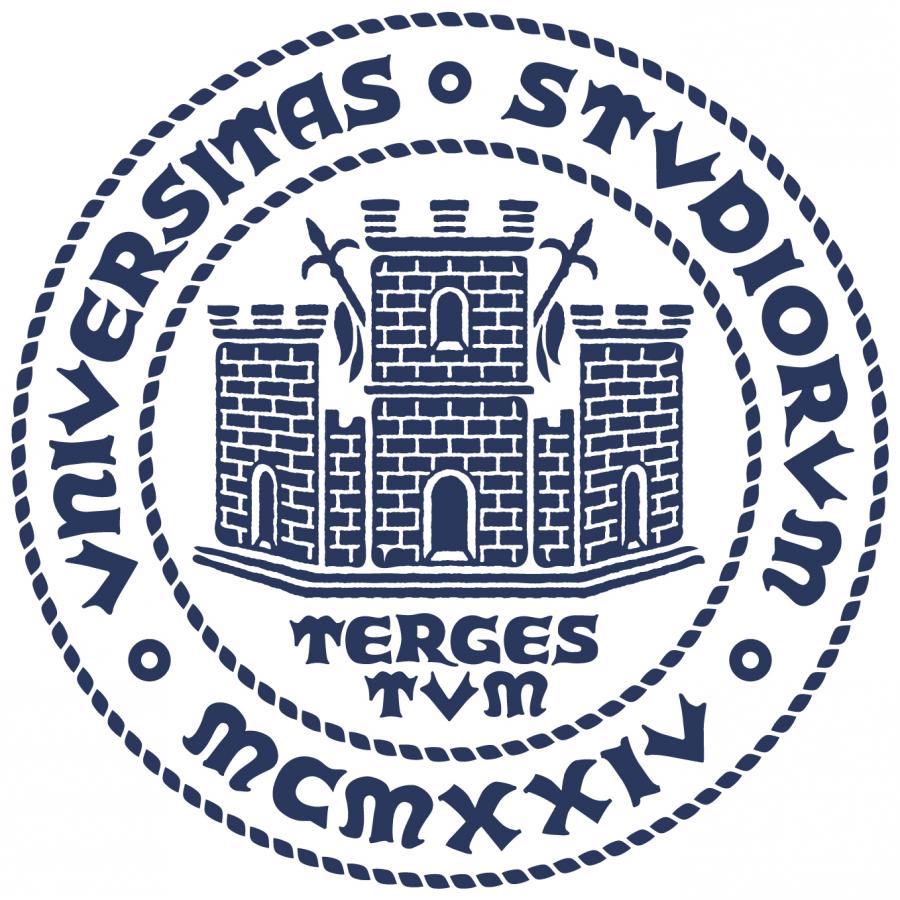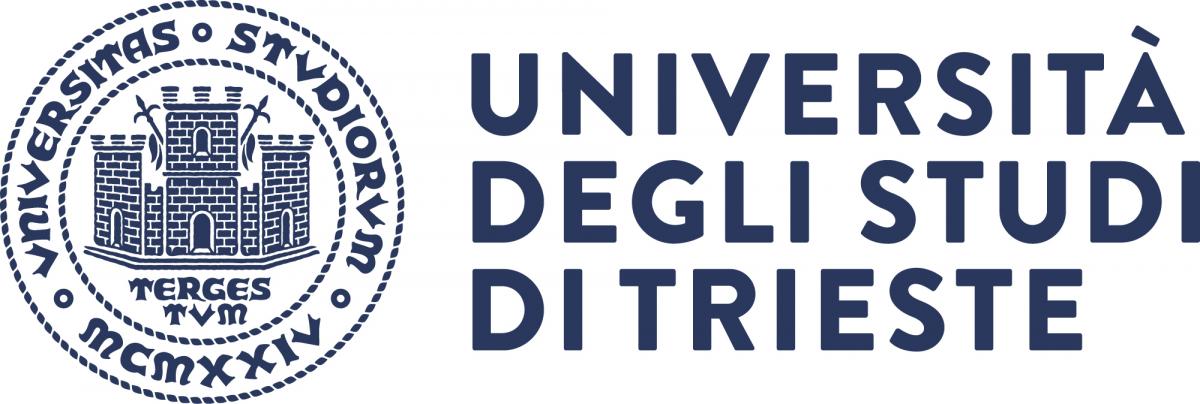- Home
- Dipartimento
- Ricerca
- Didattica
- Corsi di laurea
- Corsi di studio
- Informazioni agli studenti
- Elenco insegnamenti - Programmi d'esame
- Archivio Elenco Insegnamenti - Programmi
- Orario delle lezioni e Calendario didattico
- Bacheca appelli Guida Online
- Calendario lauree
- Informazioni specifiche Calendario lauree
- Segreteria studenti
- Bandi
- Collegio universitario Luciano Fonda
- Mobilità internazionale
- Premi di studio
- Orientamento
- Sbocchi professionali
- Stage e tirocini
- Modulistica di Ateneo
- Post Lauream
- Servizi e strumenti
- Trasferimento della conoscenza
Seminario “Exploring direct, indirect and spatial effects of a tramway line construction with a synthetic control approach” - relatore Dott. PhD Giulio Grossi, DISIA - Università degli Studi di Firenze - 20/05/25 11:00 - Ed. D, piano terra, aula T_B
Tipologia evento:
home
Sede:
Trieste
Martedì 20 maggio 2025 il Dott. Giulio Grossi, proveniente dal Dipartimento di Statistica, Informatica ed Applicazioni "Giuseppe Parenti" dell'Università degli Studi di Firenze, terrà il seminario intitolato“Exploring direct, indirect and spatial effects of a tramway line construction with a synthetic control approach” presso il DEAMS, Edificio D, piano terra, aula T_B.
Luogo:
DEAMS
Promotore:
DEAMS - Prof.ssa Susanna Zaccarin
Informazioni:
In cities, the creation of public transport infrastructure such as light rails can cause changes on a very detailed spatial scale, with different stories unfolding next to each other within the same urban neighborhood. We study the direct effect of a light rail line built in Florence (Italy) on the retail density of the street where it was built and its spillover effect on other streets in the treated street’s neighborhood. To this aim, we investigate the use of the Synthetic Control Group (SCG) methods in panel comparative case studies where interference between the treated and the untreated units is plausible, an issue still little researched in the SCG methodological literature. We frame our discussion in the potential outcomes approach. Under a partial interference assumption, we formally define relevant direct and spillover causal effects.
Ultimo aggiornamento: 05-05-2025 - 10:48



